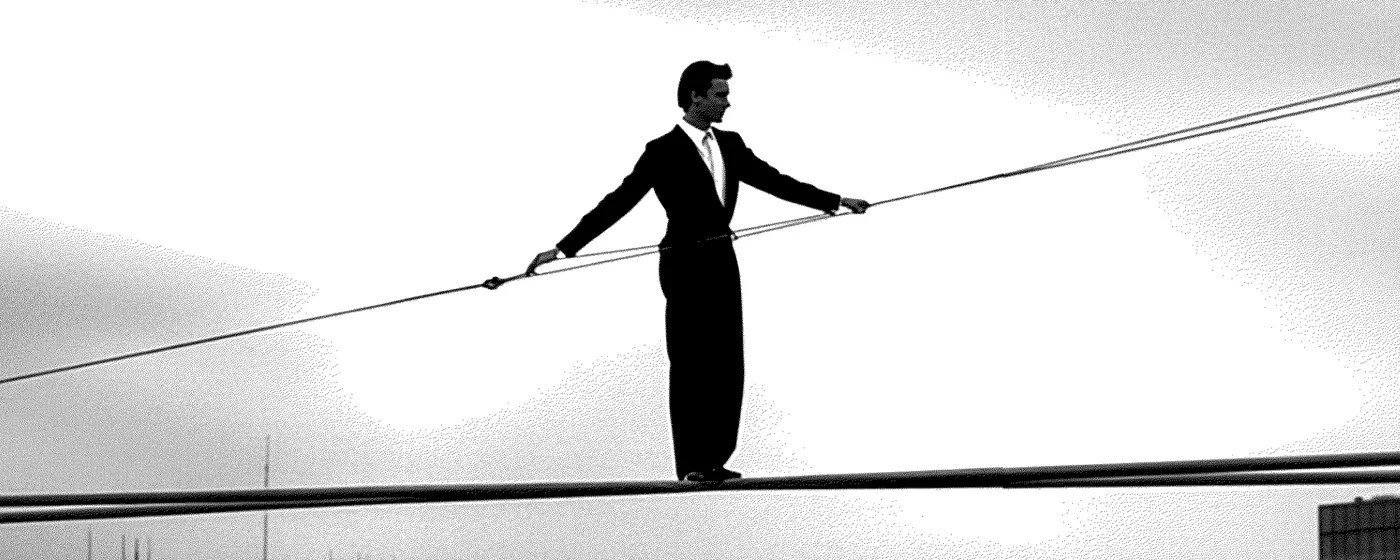
Modern Labor. Between Routine and Revolution
In an era marked by rapid digital transformation and fluid economic paradigms, the concept of labor is being redefined. The six video artworks presented here—“Routine Maintenance” by Hironaka & Suib, (2014), “J’ai Faim” by Martina Melilli, (2021), “2$ Meal” by Valentina Manzoni, (2019), “NO DEADLINES” by Elsamina Musiq & Xhulian Millaj, (2021), “Stillness of Labor” (2022) by Chris Larson, (2023), and “Looking for Love (and Job),” (2021) by Yue Nakayama,—collectively examine the evolving nature of work under new economies. They invite us to reconsider labor not merely as a means of production but as a multifaceted social, emotional, and cultural practice. In “Routine Maintenance,” Hironaka & Suib draw attention to the unseen yet indispensable tasks that underpin our technological and urban landscapes. The piece unravels the nuances of everyday upkeep, illustrating how such routines, though often imperceptible, form the backbone of contemporary infrastructure. This work subtly critiques the devaluation of repetitive labor in an economy increasingly dominated by automation and algorithmic management. Martina Melilli’s “J’ai Faim” sheds light on the hunger that drives human endeavor—both literal and metaphorical. Through its narrative, the work juxtaposes the physical necessity of nourishment with the insatiable appetite for success in today’s gig-driven society. Melilli’s incisive perspective challenges the audience to reflect on the precarious balance between survival and ambition, drawing attention to the commodification of basic human needs in a hypercompetitive market. Valentina Manzoni’s “2$ Meal” distills the essence of economic disparity into a concise two-minute work. By centering on a meal priced at a mere two dollars, the piece confronts the viewer with the stark reality of living wages and the exploitation embedded within the global food economy. In its brevity, it encapsulates the tension between value and cost, prompting us to question how labor is compensated in an era where even sustenance is negotiated on a market scale. “NO DEADLINES” by Elsamina Musiq & Xhulian Millaj questions our relationship with time. The absence of imposed deadlines in this short and poignant exploration exposes the paradox at the heart of contemporary work: freedom can often be an illusion when self-imposed pressures and the omnipresent expectation of productivity blur the lines between leisure and labor. The work thus becomes a meditation on autonomy and the subtle coercions of self-discipline in digital workspaces. Chris Larson’s “Stillness of Labor” contrasts kinetic labor with moments of enforced quietude. In a world where connectivity is constant and expectations for rapid output persist, Larson offers a counterpoint by emphasizing stillness—a necessary pause that allows workers to reclaim their subjectivity. The piece encapsulates the irony of modern work: an environment that prizes speed yet rarely permits a breath, suggesting that true productivity might reside in the deliberate embrace of calm. Finally, “Looking for Love (and Job)” by Yue Nakayama weaves together the intertwined quests for emotional connection and economic stability. Nakayama’s narrative inquires into the dual search for affection and professional fulfillment in a digital age where dating apps and job platforms converge to create a landscape of blurred identities. This work confronts the notion that love and labor exist in separate spheres, instead proposing that our personal lives are inextricably linked to the economic forces that shape them. Together, these artworks form a vibrant tapestry of contemporary labor. They critique the traditional criteria to assess the value of work while also acknowledging its transformative potential in the digital age. By exposing the tensions, contradictions, and paradoxes inherent to modern labor practices, the collection encourages us to envision a future where work is reimagined—not as a rigid, dehumanizing obligation but as a dynamic arena where human creativity, vulnerability, and resilience can flourish.





